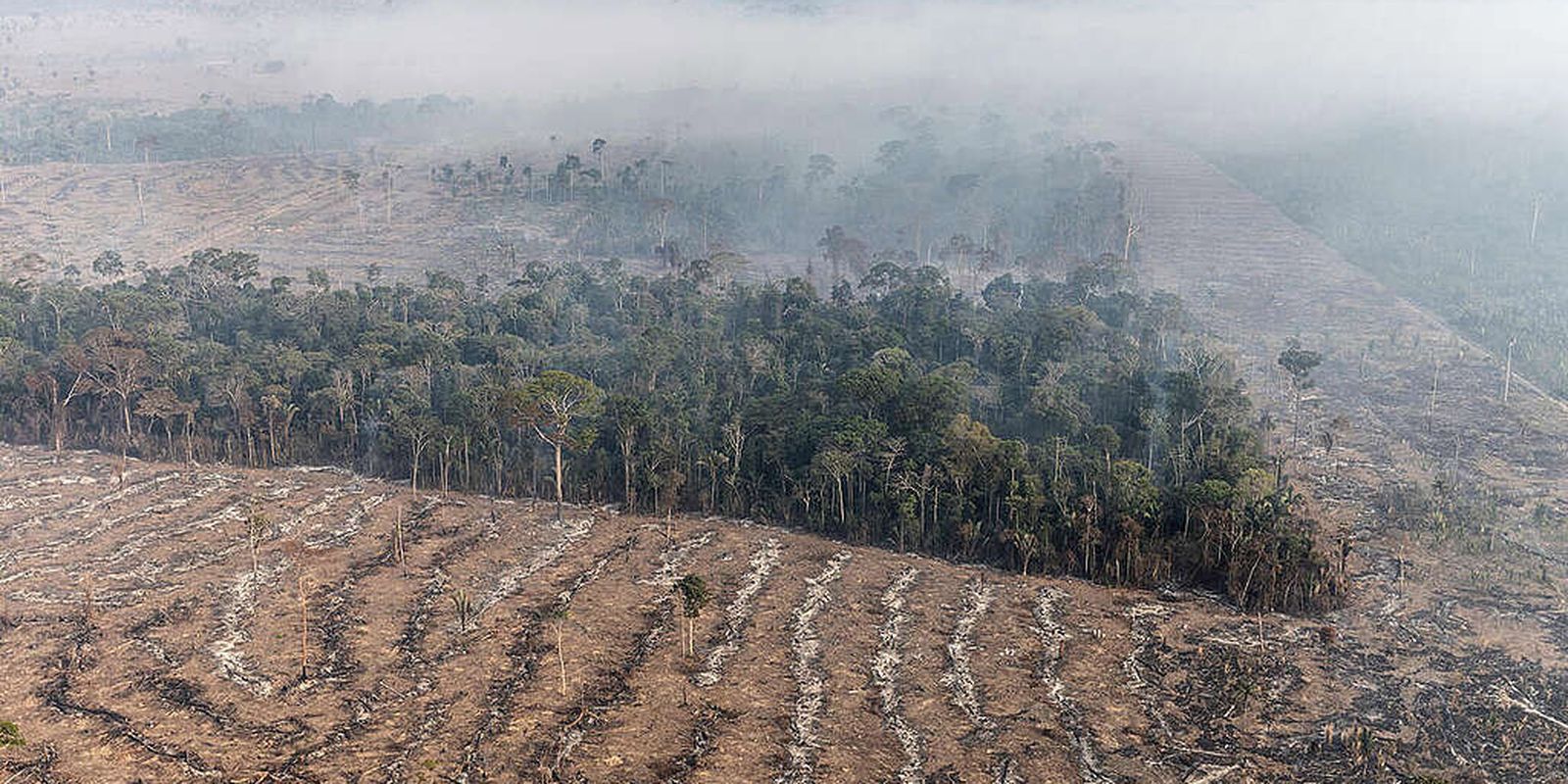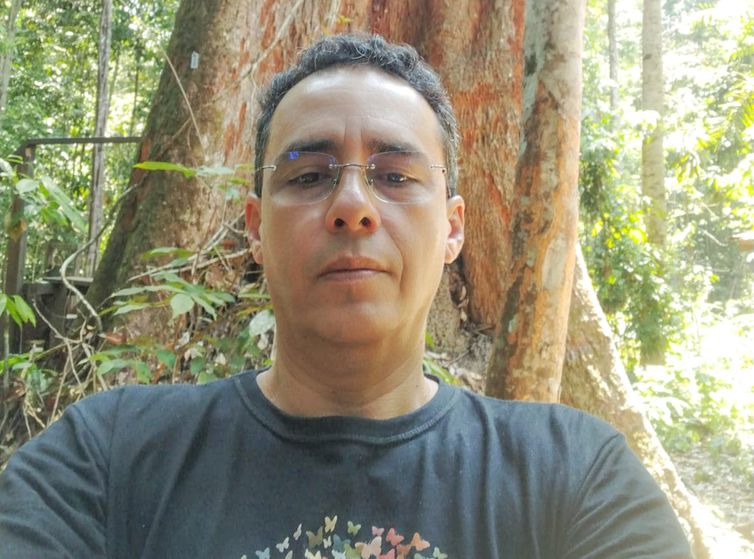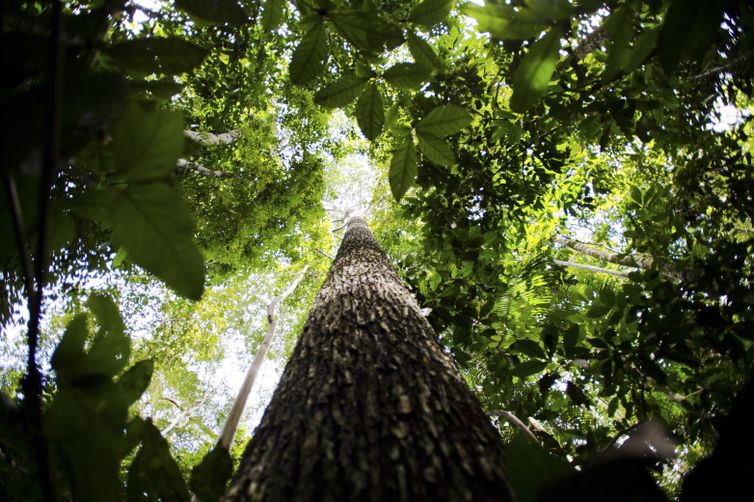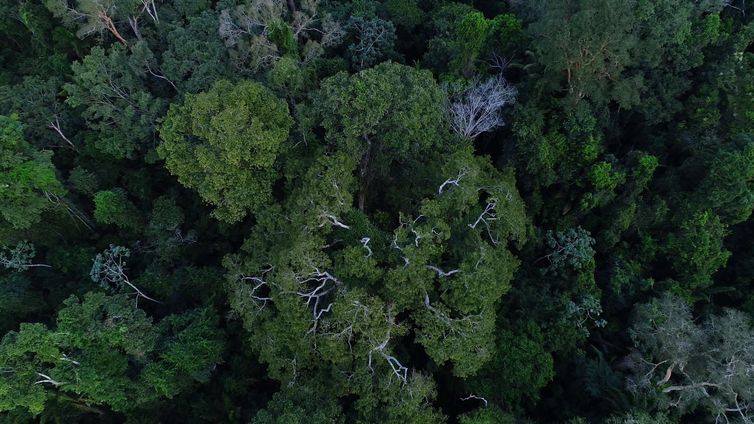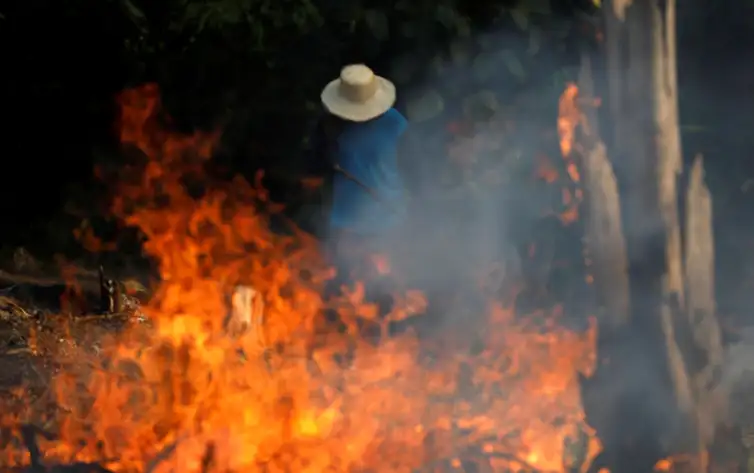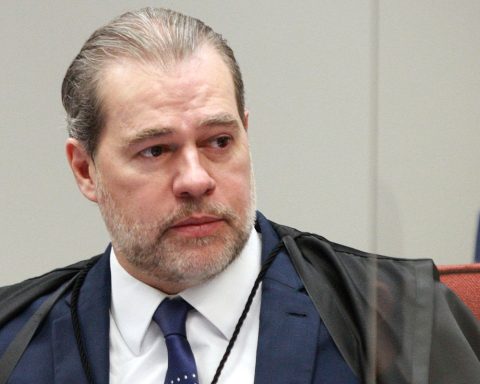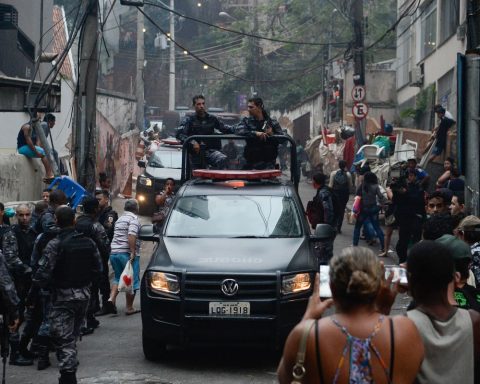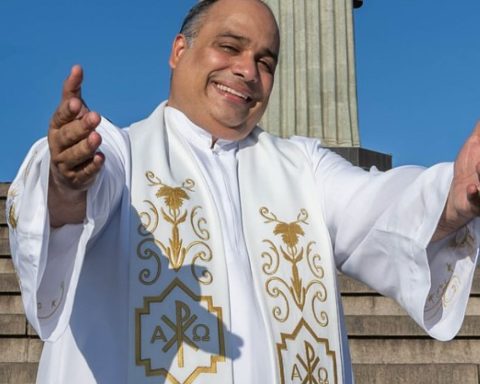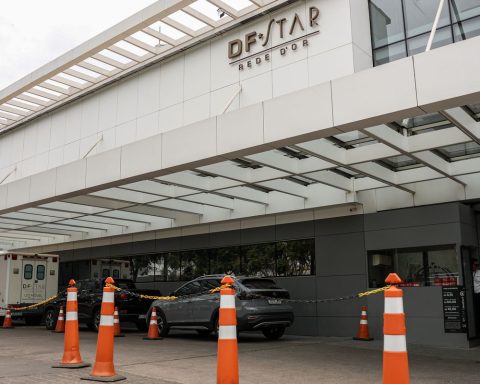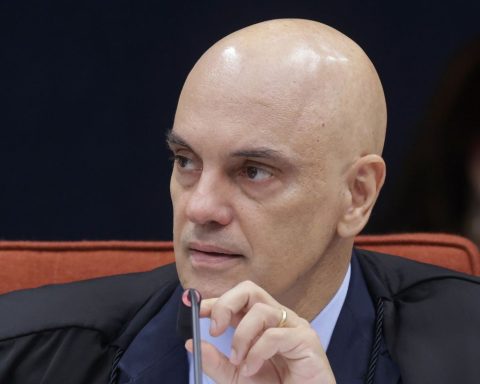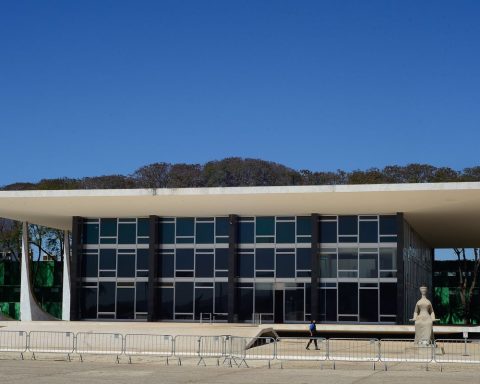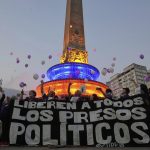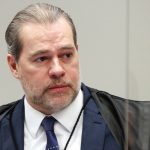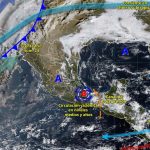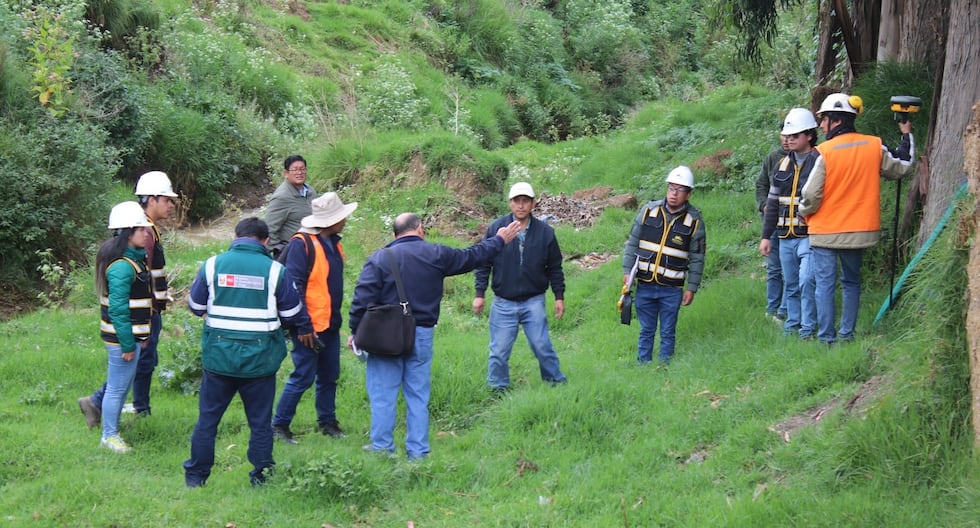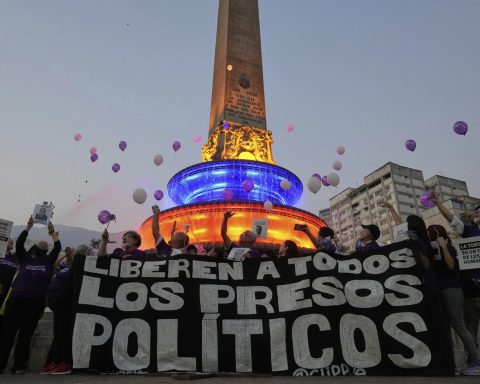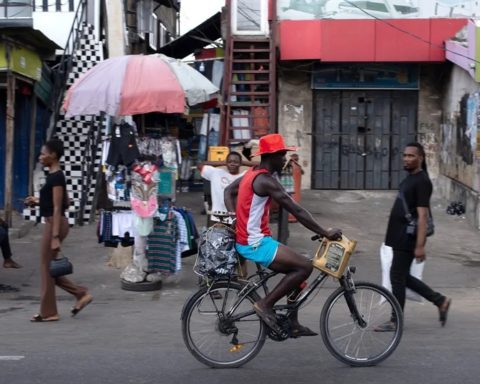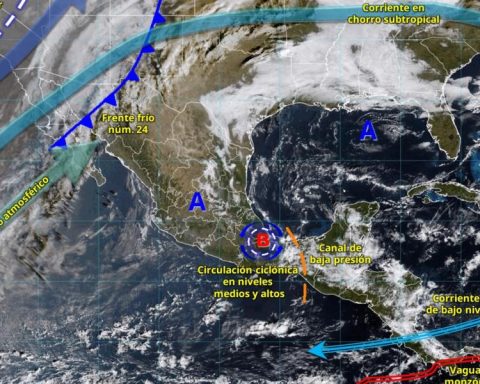The fires that are consuming the Amazon biome are one of the stages of the economic exploitation of the forest, which has been called upon by the global economy to provide cheap food and raw materials, allowing wage prices in the most developed countries to be maintained and profits to increase on a global scale. This is the assessment of economics professor Gilberto de Souza Marques, from the Federal University of Pará (UFPA).
Author of the book Amazon: wealth, degradation and plunderthe expert highlights that agriculture, mining and the timber sector are the main activities that contribute to deforestation in the Amazon and that land grabbing fuels this economic exploitation.
Marques questions the economic model imposed on the biome, arguing that not everything that generates a lot of profit is the best for Brazilian society as a whole. Furthermore, he states that the Amazon is already internationalized because large mining and agribusiness multinationals are the ones that control the dominant economy in the region.
For the specialist in political economy, nature and development, the experiences of indigenous peoples and traditional communities are the seeds of hope that must be watered to counter monoculture in the Amazon region.
Check out the full interview:
Brazil Agency: What is the relationship between the destruction of the Amazon and the economic exploitation of the biome?
Gilberto Marques: The Amazon has two major tasks in the world that are incompatible. The first is to contribute to increasing the profitability of capital in central economies by lowering production costs. This means producing cheap raw materials for export to China and Europe, such as iron, soybeans and other products.
By producing cheap food, the Amazon reduces pressure for wage increases in these countries and contributes to raising profit rates in the midst of a global economy that is experiencing successive crises in capital profitability.
The second task of the Amazon is to contribute to reducing the effects of global warming, in particular the emission of greenhouse gases. At present, these two tasks are incompatible because the first task imposes a pace of appropriation of nature that has never been seen in the 13,000 years of human existence in the Amazon.
This pace dictated by the pursuit of profit makes it difficult for nature to recover, as these activities are extremely degrading to nature.
Brazil Agency: What are the main activities that contribute to degrading the Amazon?
Gilberto: Mainly mining and agribusiness associated with logging. And the most glaring characteristic in the Amazon is that the legal feeds on the illegal and the illegal on the legal.
The livestock sector, which appropriates public lands and often uses slave labor, continues, in some way, to sell its cattle to the large meatpacking chains, directly or indirectly.
Indirectly because they make up this cattle [de áreas griladas] And meatpacking plants know this. Cattle that cannot be sold to Europe, for example, because there are stricter regulations, go to the Northeast or Southeast, supplying these regional markets and allowing the herds raised in these regions to be exported without compromising local consumption. Directly or indirectly, Amazonian cattle, even if raised in illegal areas, enter the planet’s major animal protein chains.
In 2021, the main product exported by the city of São Paulo was gold, accounting for approximately 27% of all exports made by the city. Where does this gold that enters the major legal circuits of the financialization of the economy come from? This gold comes, to a large extent, from the illegal circuits that are destroying the Amazon.
Mining intensively destroys the forest, soil and subsoil, but it occurs in a smaller space, even though it extends beyond the mine, as is the case with river contamination. Agriculture, on the other hand, uses large areas and the use of pesticides kills the insects that pollinate the forest.
In addition, soybean plantations remove vegetation cover, increasing the temperature around the planting field and the risk of fires. These activities encourage illegal land grabbing in the Amazon.
Brazil Agency: How does this illegal appropriation of Amazon land occur?
Gilberto: The land grabber appropriates public land, a conservation area or indigenous territory, and immediately cuts down the forest. He then sells it to a second owner who knows that the land is illegal because of the reduced sale price.
After purchasing, the second owner files a request for land regularization of that land, arguing that he purchased it in good faith, believing it to be legal land.
This good faith argument has served to regularize illegally occupied properties since the governments of the military business dictatorship, with the argument that this would generate legal certainty and prevent land grabbing. In reality, this encourages land grabbing in the Amazon region.
Brazil Agency: Why is there a risk of soybeans advancing even further into the Amazon biome?
Gilberto: Why transportation costs are a determining factor in soybeans today. From the municipality of Sorriso (MT) to the Port of Paranaguá, in Paraná, it is 2,200 km. After being loaded onto ships, it travels up the entire Brazilian coast.
When this soybean is produced here in the Amazon, close to the equator, or connected to rivers, the transportation cost drops significantly or becomes almost zero. This is the case of the soybean that is being produced in Amapá, 70 kilometers from the port.
In other words, there is a brutal cost reduction in this process and the reduction increases the profitability of the activity, allowing the product to reach central markets at a low price.
Furthermore, when, through the Kandir Law, the government stops charging ICMS on this export, the product can be sold at a price below its value, without the company losing anything. But the State stopped collecting what it should have. There is, then, a transfer of value from Brazil to the central economies. We sell goods and receive less than they are actually worth.
Brazil Agency: Are the fires in the Amazon related to economic exploitation?
Gilberto: Fire is the result of this process of illegal land appropriation and is a stage of economic exploitation. During the first half of the year, which is the rainiest period, the forest is cut down to remove the timber.
When the Amazon summer begins, which occurs mainly between the end of June and September, a lot of fire is set in the forest to burn what was cut down in the first half of the year but was not used for logging. Then, pasture is formed.
Furthermore, 80% of the forest properties are legal reserves that cannot be deforested. The owner then sets fire to the forest and says that it was a fire that he did not cause. Since it is no longer a forest, he will use the area to increase pasture, plant soybeans or other agribusiness activities.
When you look at the distribution of the fire, you see that it is concentrated exactly in the municipalities where agribusiness is advancing the most. This is the case of São Félix Xingu (PA), which has the largest cattle herding in Brazil.
However, what we are seeing today, at the beginning of September, is a lack of control because some monitoring data indicate that up to a third of the fires in the Amazon are occurring in standing forest, unlike the typical pattern of fires in forests that were cut down in the first half of the year.
Brazil Agency: You say that the Amazon is internationalized in the global market. How is that?
Gilberto: The Amazon is internationalized because the large branches of agribusiness and mining production are controlled by large multinational companies on an international scale.
The two largest alumina and aluminum plants on the planet are in Pará and are controlled by a transnational company, Hydro, with mainly Norwegian capital. The main shareholder is the Norwegian government, which is also the main donor to the Amazon Fund.
Vale do Rio Doce announced that the largest portion of its total capital is traded in foreign circuits, that is, it is not in the hands of Brazilians. If we take the grain trade, mainly soybeans, those who trade and control this trade in the Amazon are the large agribusiness transnationals such as Cargill, Bunge, ADM [Human, Pet and Animal Nutrition Company] and LDC [Louis Dreyfus Company].
Brazil Agency: What is the alternative sustainable economic exploration that can benefit the Brazilian people?
Gilberto: Our challenge is to understand that what brings great profit is not necessarily something that benefits the population as a whole or that is necessarily the best for the country and the region.
We need to question this notion of development as a simple expansion of the economy. Historically, this has been used in Brazil to justify certain policies, but the result has been social exclusion and the enrichment of a small minority.
In this sense, we have ongoing experiences in the Amazon region that are still very incipient, but very rich. Agroecological production, with agroforestry, is one of them. Other experiences are community activities, such as the Mapará fishing, on the Tocantins River, where people get together to fish and the results are distributed among everyone, including those who were unable to fish.
There is also the rich experience of the Ka’apor indigenous people of Maranhão, who have created protected areas when they identify the entry of loggers and other invaders. They build communities on the invaders’ routes, blocking their entry. They have already created 12 protected areas, allowing the forest to recover.
We have to help disseminate these experiences of society-nature integration in opposition to monoculture in the Amazon. We have to look at the Amazon with hope, because it is still the largest concentration of living matter on the planet.
It captures carbon dioxide and plays a vital role in the existence of humanity. The planet will continue to exist; what is at stake is the continuity of humanity. In this sense, the Amazon is the hope for the planet. And the people who live in the Amazon, through their experiences, are seeds of hope that we must help to sprout.
